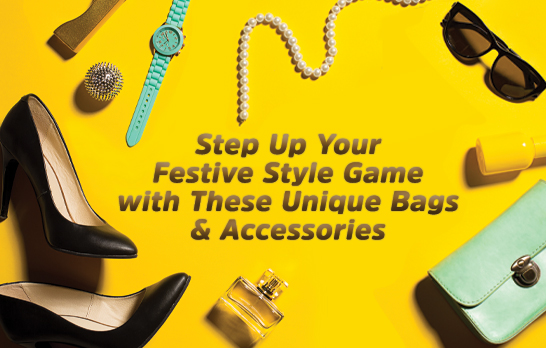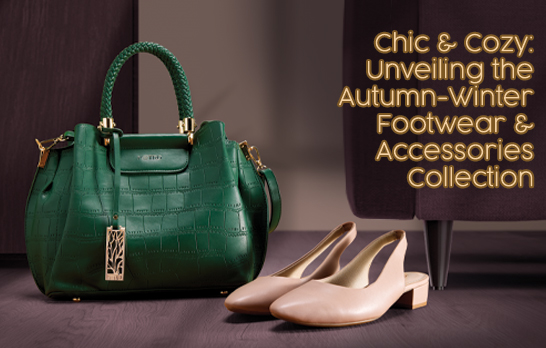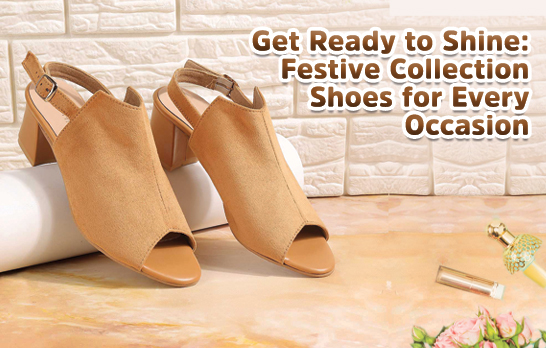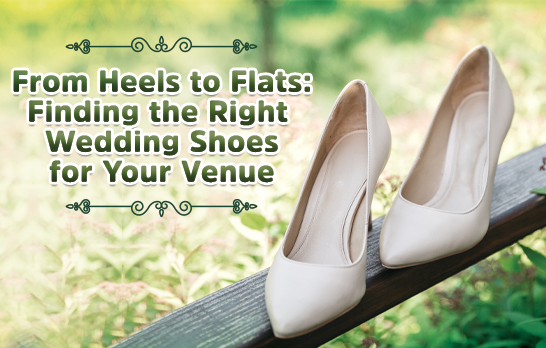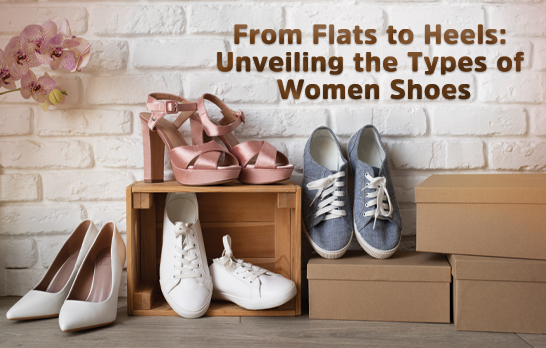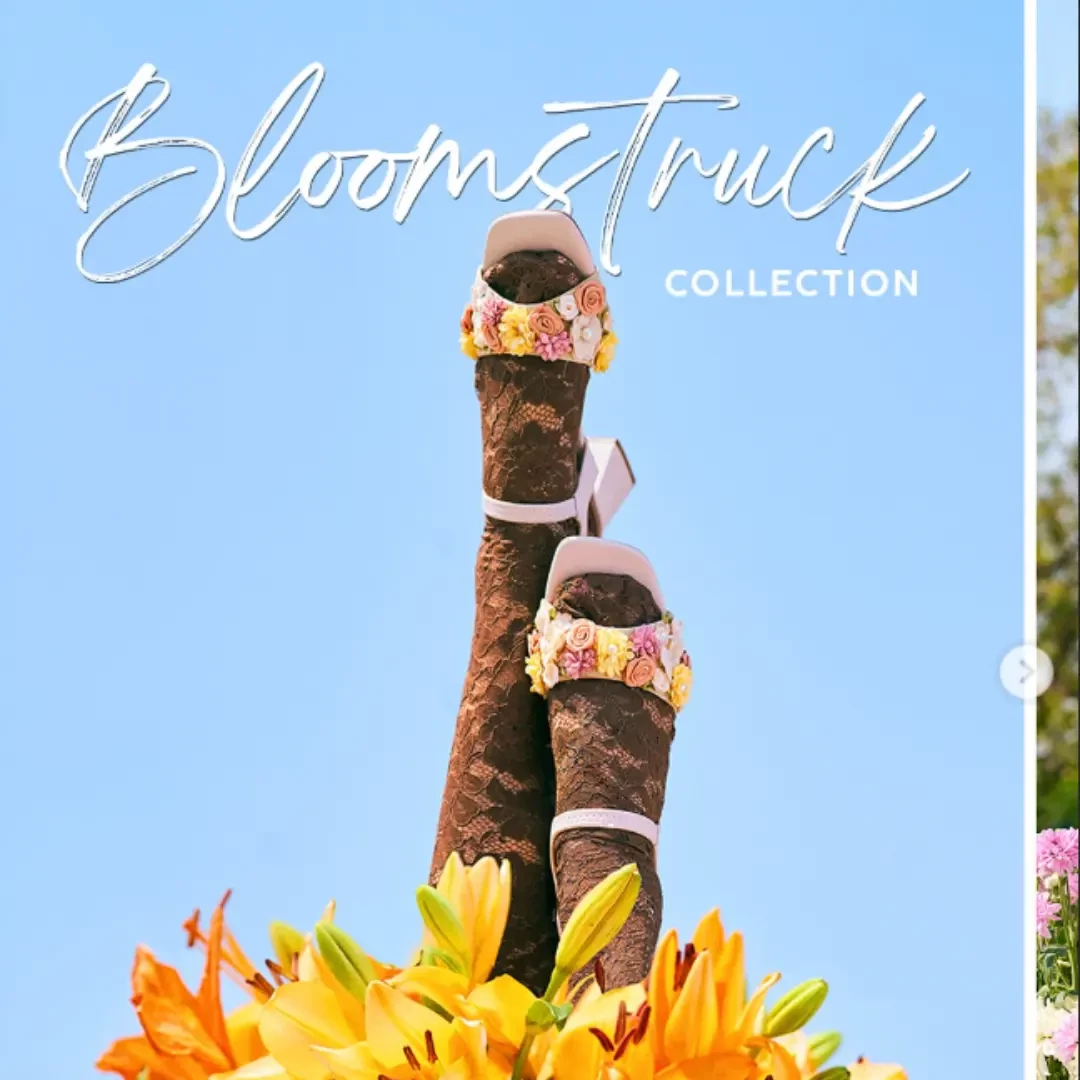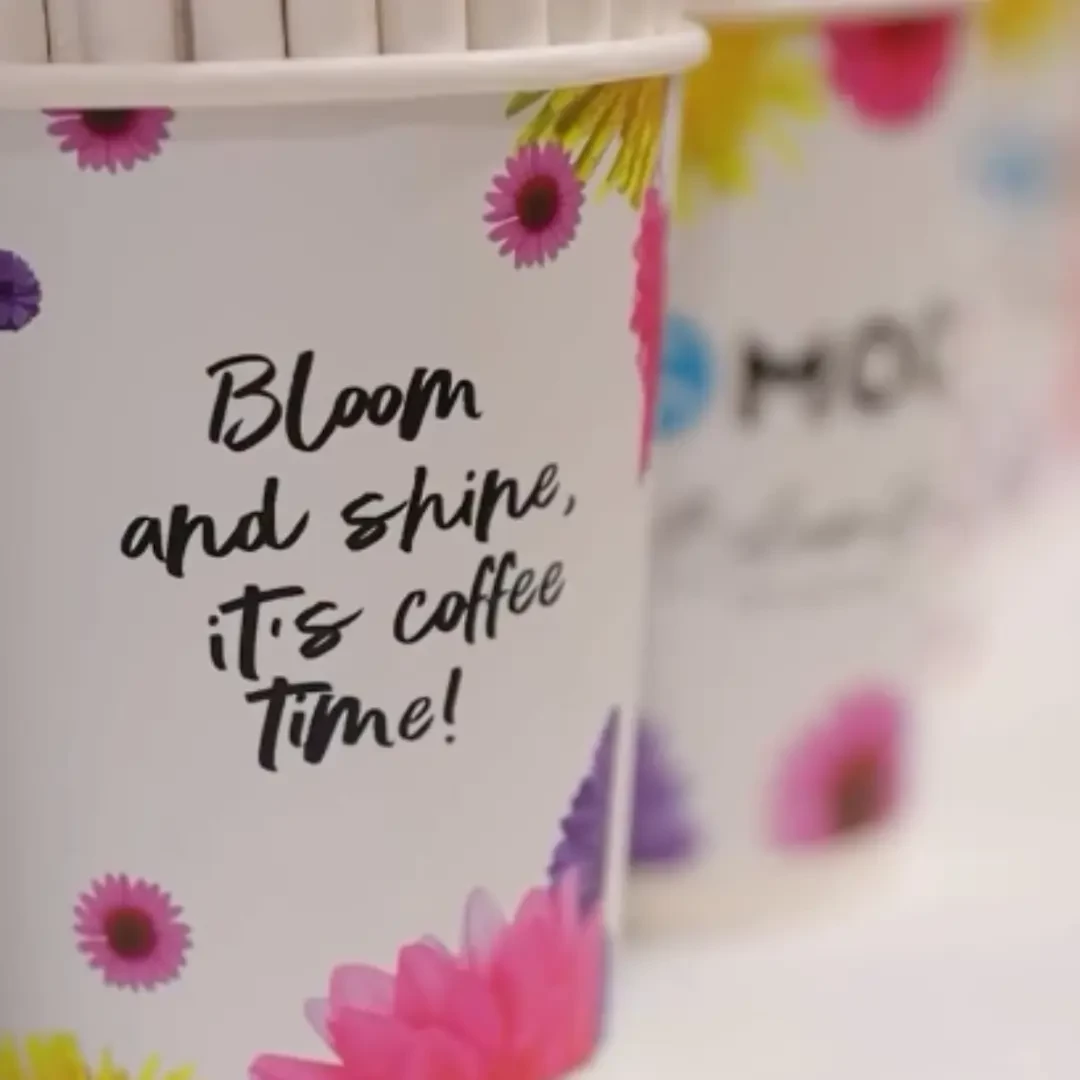WELCOME TO METRO SHOES Get 5% Extra Discount On Prepaid Orders for orders above Rs. 1000. Store Locator
Shoe Leather Types: Choosing the Best for Durability & Style
April 24, 2025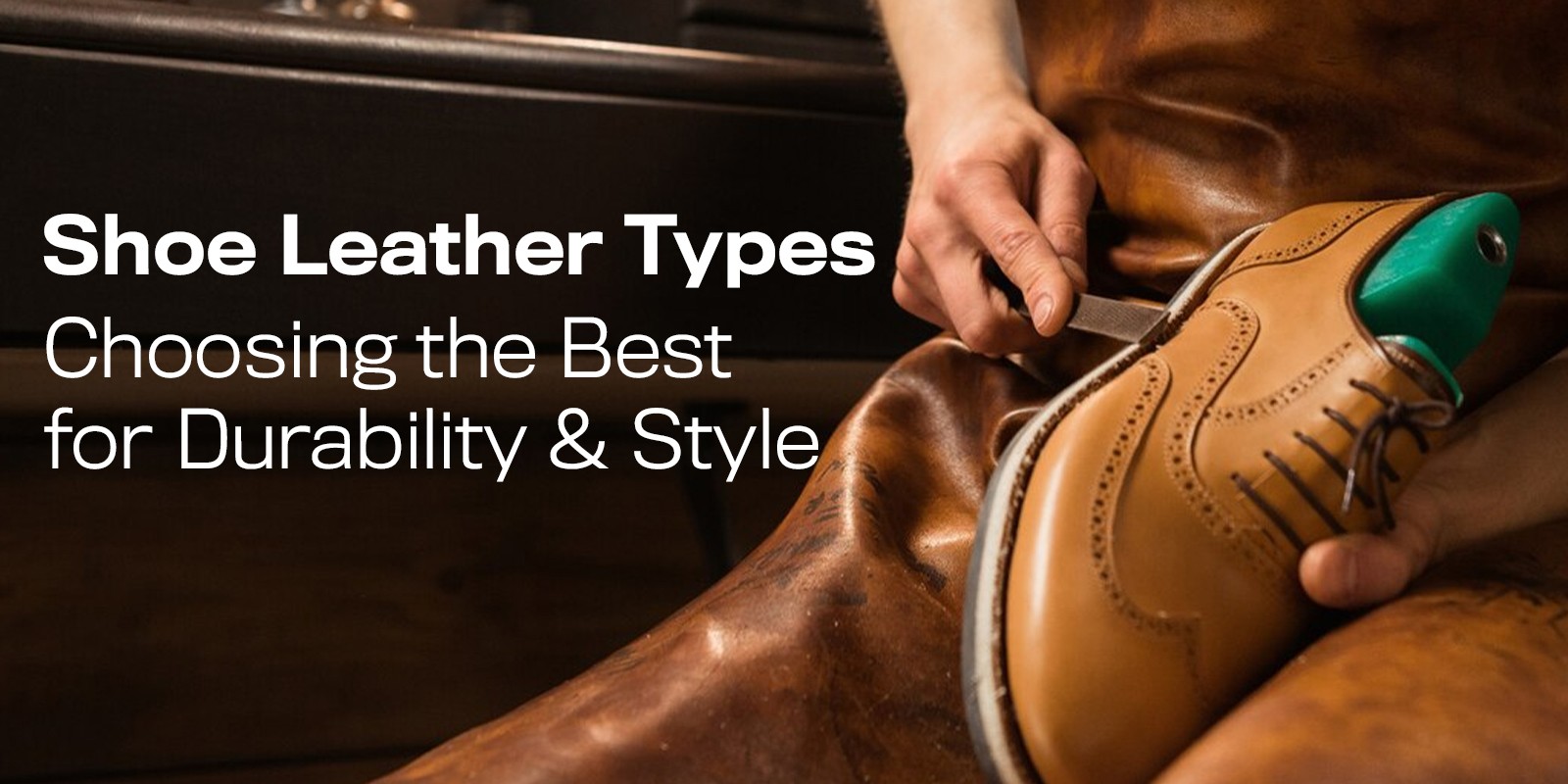
When it comes to high-quality footwear, leather isn’t just a material—it’s a statement. From the boardroom to black-tie events, leather shoes are synonymous with sophistication, longevity, and timeless appeal. But not all leathers are created equal. If you've ever wondered about the types of shoe leather and which is best for your wardrobe and lifestyle, this guide is your ultimate go-to.
It's natural to wonder about the type of leather to pick when you’re looking to buy leather shoes for men or leather shoes for women. Depending on the one you pick, the experience you have with footwear might greatly vary in terms of durability, comfort, and the care it needs. Whether you're investing in formal shoes for men or shopping for shoes for women, understanding leather types can help you make smarter, longer-lasting style decisions.
Let’s break down the world of leather—what makes each type unique, how they perform, and how to care for them like a pro. So without further ado, let’s get started.
Full-Grain vs. Top-Grain Leather: Key Differences
One of the main ways to differentiate between the types of leather is in the grain. In the context of leather, "grain" refers to the outermost layer of the animal hide, characterized by its unique texture and natural markings. Within that, the two main types of leather are full-grain leather and top-grain leather. Here’s what differentiates them.
Full-Grain Leather
Full-grain leather is the highest-quality leather you can buy. It uses the top layer of the hide with all the natural grain intact. This means it's not buffed or sanded, which allows the natural texture and occasional imperfections to show.
Why it’s premium:
- Exceptionally durable by design.
- Ages beautifully with a natural patina – a quality that is highly appreciated by connoisseurs.
- Breathable and moldable to the foot over time.
Full-grain leather is commonly used in luxury men’s leather shoes types, formal lace-ups, and boots designed for long-term wear. It's a staple in premium collections for a reason.
Top-Grain Leather
Slightly more processed than full-grain, top-grain leather is sanded to remove imperfections and often coated for a smoother appearance. It’s still high-quality but slightly less breathable. That doesn’t necessarily mean that it is always inferior to full-grain leather, just that its intended usage is different.
Why it's a smart choice:
- Smoother, more uniform finish
- More resistant to stains
- Ideal for sleek, polished designs
If you're going for that crisp, refined look—top-grain leather gives you just that without compromising too much on durability. Depending on which type of finish you prefer, you can go for either of the two.
Suede, Nubuck, and Roughout: Understanding Textured Leathers
Textured leathers bring a fresh, fashion-forward appeal to shoes, offering depth and dimension. These are specific textures achieved on the leather through various processing techniques – giving them a unique finish that might appeal to you. Here's what you need to know about these three stylish contenders:
Suede
Made from the underside of the hide, suede has a soft, velvety feel. It's a popular choice for loafers, ankle boots, and weekend-ready styles. However, these days it is also very common to see a suede finish for insoles in sandals as well.
Pros:
- Lightweight and breathable by design
- Luxuriously soft to the touch, which leads to a more comfortable experience overall
- Great for casual and semi-formal styles, even sandals
Considerations:
Suede stains easily and requires weatherproofing. It’s best used in dry conditions or on indoor occasions.
Nubuck
Nubuck is similar to suede but comes from the outer layer of the hide, which is then buffed to produce a velvety surface. There are small, nuanced differences between suede and nubuck that can be the key factors in helping you understand which one to pick.
Pros:
- Slightly more durable than suede, making it a bit more suited for rough use
- Rich texture with a sophisticated feel, making it well-suited for premium use
- Ideal for different kinds of leather shoes with casual elegance
Care Tip:
Use a nubuck-specific brush and protectant spray to keep them looking luxe.
Roughout
Often used in different types of leather boots, roughout is the reverse side of full-grain leather—thick, durable, and rugged. Because the grain (finished) side of the hide is inside the boot, roughout boots are more resilient and abrasion resistant.
Why it's great:
- Handles tough weather well
- Less prone to scratching
- Perfect for adventure-ready, all-terrain boots
Exotic Leathers: Unique Choices for Luxury Shoes
If you're in the mood to splurge or make a style statement, exotic leathers are where high fashion meets craftsmanship. However, these are not always available in every location so check for availability first.
Reptile Leathers (Snake, Lizard, Croc)
These leathers are all about texture and shine. With their natural scales and distinctive patterns, they turn heads instantly.
Best for:
- Statement heels
- Designer loafers
- Special-occasion styles
Ostrich Leather
Known for its “bumpy” texture and incredible softness, ostrich leather is breathable and ultra-luxurious.
Why it's unique:
- Flexible yet durable
- Naturally water-resistant
- Adds an exotic flair to classic designs
Note: These leathers need extra TLC but bring unparalleled elegance and exclusivity to your shoe rack.
Best Type of Leather for Shoes: Durability & Comfort
If you're looking for the best type of leather for shoes that balances longevity, comfort, and style, full-grain leather still reigns supreme. But the best choice also depends on your personal needs. Here’s a useful table to keep handy to make the decision each time you’re buying leather footwear:
|
Lifestyle Need |
Leather Type |
|
Daily wear & longevity |
Full-grain or top-grain leather |
|
Casual style & comfort |
Suede or nubuck |
|
Rugged use & weather protection |
Roughout leather |
|
Statement fashion |
Exotic leathers (croc, ostrich, lizard) |
Remember, the better the leather, the better your shoes will age—and the more you’ll reach for them year after year.
How to Care for Different Kinds of Leather Shoes
The secret to lasting style? Proper care. This is especially true when it comes to leather. Each leather type deserves a little attention to maintain its look and feel.
For Full-Grain & Top-Grain:
- Clean with a soft damp cloth
- Use leather conditioner monthly
- Store with shoe trees to maintain shape
For Suede & Nubuck:
- Use a suede brush regularly
- Apply waterproof spray
- Avoid wearing in rain or muddy conditions
For Exotic Leathers:
- Gently clean with a microfiber cloth
- Avoid alcohol-based cleaners
- Store in breathable dust bags to preserve texture
Bonus tip: No matter the material, always let your shoes breathe after wearing. It prevents moisture buildup and keeps your leather fresher, longer.
Conclusion
Understanding the types of shoe leather isn’t just about materials—it’s about making informed choices that blend fashion with function. Whether you lean toward classic full-grain elegance or love the plush vibe of suede, there’s a leather (and shoe) that matches your lifestyle.
At Metro, we curate a wide range of shoes for men and shoes for women crafted from premium materials, so every step you take feels like a statement.
Step up your shoe game with style, substance, and a touch of luxury—only at Metro Shoes.
Most Trending Topics -
Shoes to Wear with a Pink Dress | How to Wear a Handbag | Types of Handbags | Types of Winter Shoes | Shoes to Wear with Jeans | UK vs. US Shoe Size Comparison | Loafers to Wear with Jeans | Types of Shoe Soles | How to Wear Shoes Without Socks | Difference Between Shoes and Sneakers | Shoes to Wear with Shorts | How to Clean White Shoes | Formal Shoes to Wear with Jeans




